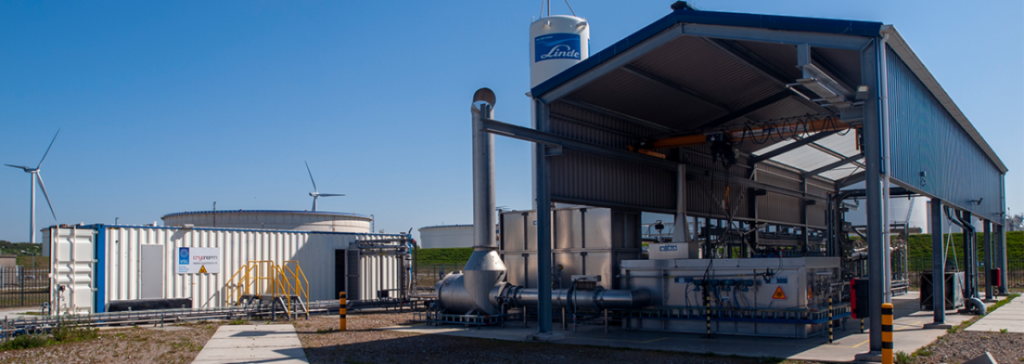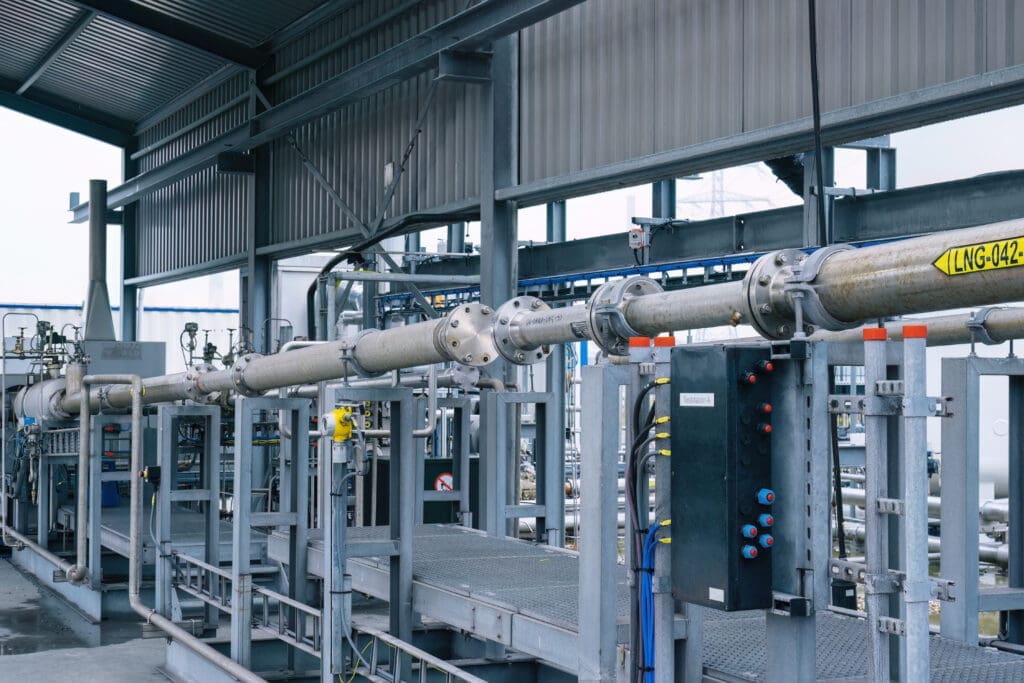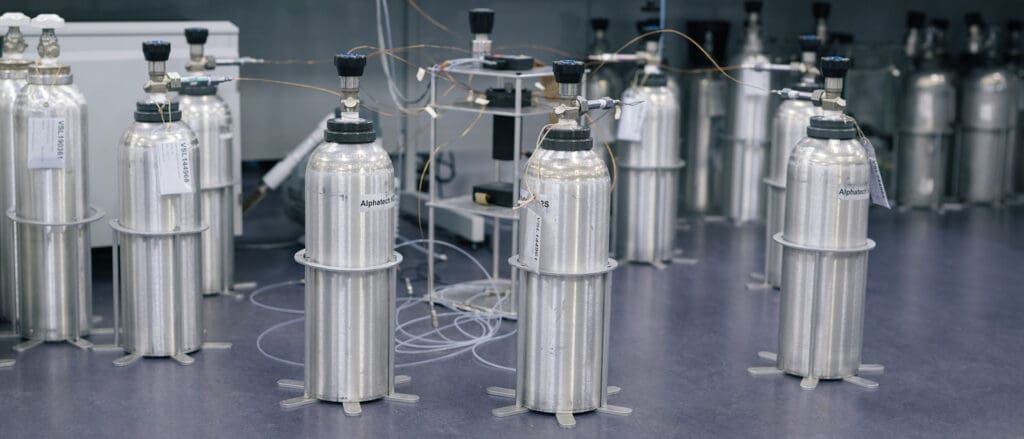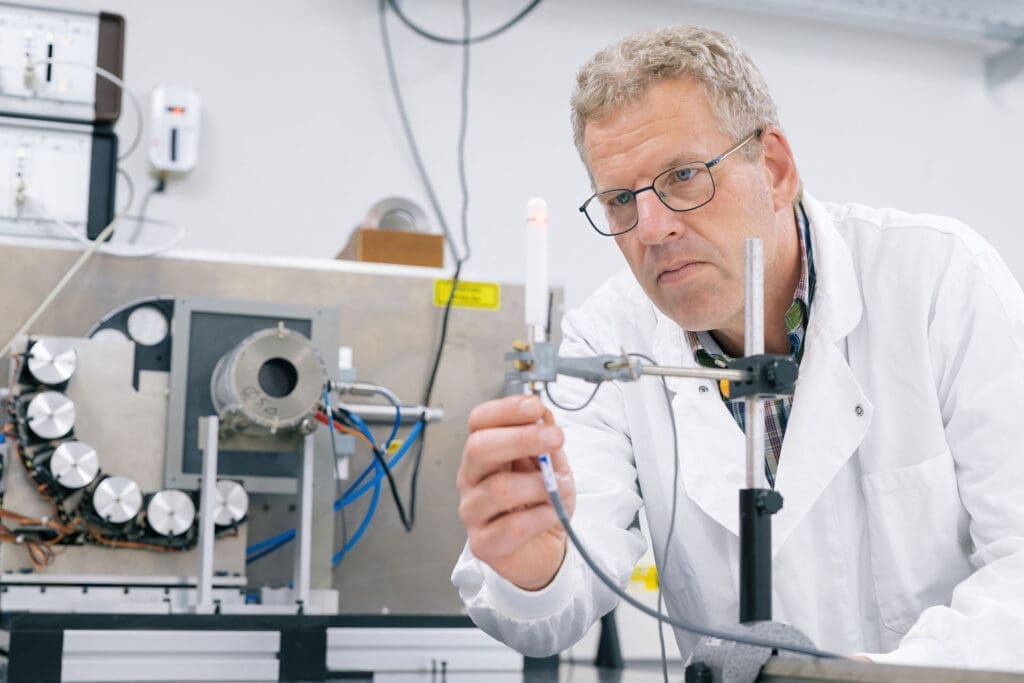Design of gravimetric primary standards for field-testing of hydrogen refuelling stations
Publication
Design of gravimetric primary standards for field-testing of hydrogen refuelling stations
Abstract
The Federal Institute of Metrology METAS developed a Hydrogen Field Test Standard (HFTS) that can be used for field verification and calibration of hydrogen refuelling stations. The testing method is based on the gravimetric principle. The experimental design of the HFTS as well as the description of the method are presented here. The HFTS has been tested at METAS with nitrogen gas at −40 °C to mimic a refuelling process in the field. Laboratory tests have shown that icing on the pipes of the HFTS have a non-negligible impact on the results. ield-testing with the HFTS has also been performed at the Empa hydrogen refuelling station with hydrogen at up to 70 MPa. The major uncertainty components have been identified and assigned values. The required expanded uncertainty of 0.3% could be achieved. A detailed uncertainty budget has been presented and shows that the scale is the largest contributor; buoyancy corrections only play a minor role. For the lowest uncertainty measurements, appropriate waiting times or cleaning methods to get rid of icing are required.
Published in: Flow Measurement and Instrumentation, Volume 73, June 2020, 101747
Read the full article here.

Would you like to know more about this subject?
Our experts are happy to help.
Marijn van Veghel
Sr. Project Manager Electricity, Time & Frequency & Deputy Program manager




